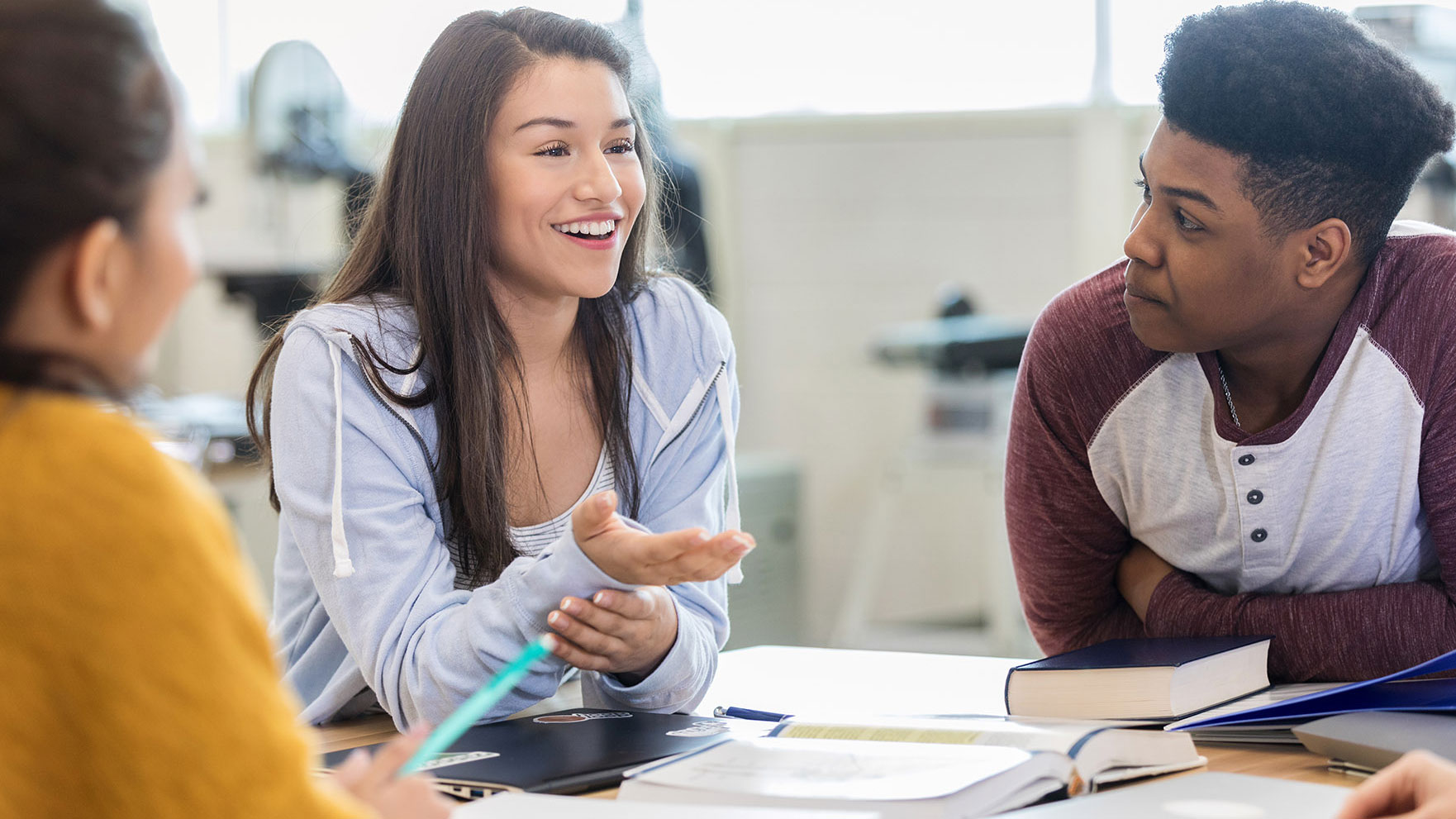Creating a safe space for kids to learn has always mattered, but today, it’s even more serious. Teachers and school staff have to juggle grades, exams, activities, and at the same time, watch out for issues like substance use and kids’ mental health struggles. It’s a lot. Many schools now know that tackling these challenges means doing more than handing out a pamphlet. They’re weaving prevention education right into lessons so kids pick up healthy habits naturally.
This guide breaks down seven ways any teacher or school leader can blend prevention lessons into daily learning without making it feel like extra work. It’s about smart tweaks to regular subjects, fun student projects, working with families, and using fresh tools that actually get kids to listen.
Bring It Into Core Subjects
One of the best ways to teach prevention without it feeling forced is to tie it into subjects kids already study. Take health class. Instead of just talking about food groups, spend a few days showing how alcohol, smoking, or vaping mess with the body and mind. In science, explain how chemicals change the way the brain works or how drugs can damage organs. Social studies can look at what happens when whole towns are hit by addiction problems and how local policies step in.
Literature works too. A story about peer pressure or a character who turns things around can start a real conversation. LifeSkills Training does this well. It focuses on real-life stuff like saying no to peer pressure and boosting self-esteem. Schools can pull bits of that program and drop them into lessons kids already get every week.
Teachers can try this simple add-on: pick a day in biology, play a short clip about how smoking affects lungs, then open up a ten-minute talk about real choices kids see around them. Kids won’t even realize they’re getting a mini prevention session.
Build Special Prevention Lessons
Sometimes, you can’t squeeze it all into regular lessons. That’s where a special prevention module helps. Think of it as a mini course, maybe a week or two long. These focused blocks dig deeper into tough topics like drugs, alcohol, vaping, mental health, and handling stress.
Good modules aren’t lectures. They mix things up: role-playing tricky situations, group talks, even acting out how to stand up to friends. Keys to InnerVisions is one example teachers can use for ideas. It helps students figure out how to stick to what they believe, even when it’s not easy.
A great way to try this is with a short case study about a teen who faces peer pressure. Let students split into groups, play out what they’d do, then circle up for a talk. This way, kids don’t just hear the facts—they practice choices.
Let Students Take The Lead
Adults aren’t the only ones who can guide kids to make good choices. When students teach each other, it sticks better. Peer mentoring is a big help. Older kids can run small sessions with younger ones about staying away from trouble, handling stress, or how to get help when something feels wrong.
Some schools set up “prevention clubs.” These groups plan events, hold talks, or even make posters and videos that spread the message. A club can run lunchtime sessions where kids drop in to chat about handling peer pressure. Some schools also pick student leaders to organize campaigns against vaping or drinking.
Forest Friends does this well. It’s a program that uses stories and activities led by students. Kids see role models their own age showing what healthy choices look like. It doesn’t feel like a boring lecture—it feels real.
Bring Families Into It
Kids don’t just learn at school. They pick up a lot at home. That’s why the best prevention programs pull parents and the local community into the mix. If families understand what’s going on, they can back up what teachers do in class.
Host simple family nights. Invite parents to learn what kids see at school, what’s trending in risky behaviors, and how to talk to their kids without just lecturing. Some schools even hand out easy guides with conversation starters so parents know how to bring up tricky topics.
Local groups can help too. Partner with clinics or mental health centers to run free workshops. Hold community events like fun runs or fairs that double as chances to share prevention info. When kids see everyone around them sending the same message, they’re more likely to listen.
Use Tech That Clicks
Today’s kids love screens, so why not put them to good use? Short videos, podcasts, or online games can make boring facts way more interesting. A quick YouTube clip about how drugs mess with the brain might grab more attention than a long lecture.
Digital tools can also let kids test out choices in a safe way. An online game can drop them into “what if” scenarios: a friend hands them a vape—what do they do? If they choose wrong, they see the real impact. It’s learning by doing.
Podcasts are another smart add-on. Bring in stories from people who’ve been through addiction and turned things around. Kids hear real voices, real struggles, and real hope. It hits differently than just reading a fact sheet.
Train Teachers All Year
Good prevention education only works if teachers feel ready to teach it. That means schools can’t just do one training day at the start of the year and call it done. Teachers need fresh ideas, new resources, and time to swap stories about what’s working and what’s not.
Workshops can keep staff up to date on new trends, like new vaping gadgets or social media challenges that push risky behavior. Small teacher groups can meet monthly to share lesson plans or talk through tricky questions kids ask. Online courses and webinars help too—teachers can tune in anytime to learn from experts.
Some schools even have teachers sit in on each other’s classes to see what works. This kind of feedback makes everyone better at weaving prevention into the everyday routine.
Keep Checking If It’s Working
There’s no point doing all this if no one checks if it’s helping. Schools should ask kids what they think. Short surveys or quick check-ins can show what’s hitting home and what needs more work. Ask parents too. They’ll know if kids talk about what they learn at home.
Simple quizzes, group talks, or reflection sheets can help teachers see if students really understand. If a module flops, change it. Maybe the videos are outdated, or maybe the examples don’t feel real enough. Schools like Wellspring look at their own programs all the time to see what sticks.
Keeping things fresh means kids keep paying attention. The world changes fast, so what worked five years ago may not work today. Schools that tweak their plans stay ahead.
The Real Power Of Everyday Prevention
Bringing prevention into schools doesn’t have to mean big expensive programs or more stress for teachers. It’s about small moves that build up over time. Slip short lessons into science or social studies. Run a club where students lead the charge. Let parents join in. Use videos and podcasts to keep it real.
Programs like LifeSkills Training, Keys to InnerVisions, and Forest Friends prove that teaching kids how to make smart choices is possible when it’s part of daily life. Schools that make prevention normal—something you talk about as easily as math or history—create kids who know how to stand their ground when it matters.
In the end, this isn’t just about keeping kids away from substances. It’s about showing them they have choices. They have voices. And they have people around them who care enough to help them make good calls, every single day.










